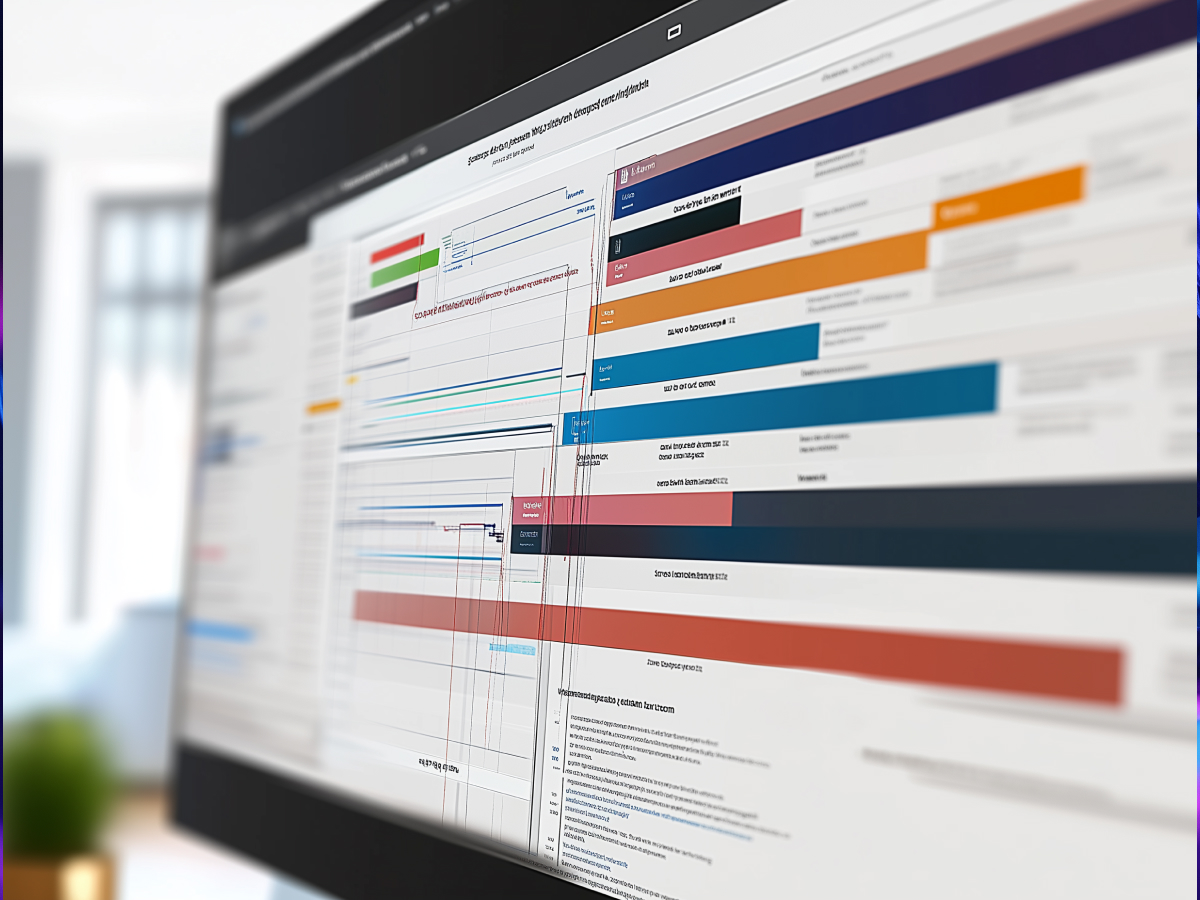Data is still king. Companies that know how to gather and analyze product usage data are crafting precise strategies that fuel both growth and innovation. The numbers back this up: 56% of companies that excel in data collection actively use those insights to shape their product roadmaps. These roadmaps are highways to smarter, faster, and more profitable decisions.
Despite how it may seem, it’s not all smooth sailing though. Many businesses hit roadblocks with siloed processes and unutilized telemetry data, wasting a goldmine of insights. Think about it—29% of organizations are sitting on piles of data they don’t even analyze. That’s up from just 11% two years ago. Then there’s the upsell opportunity: 68% of these savvy data users identify chances to boost revenue by studying how their products are used. If you’re not tapping into this data, you’re leaving money on the table.
Optimizing product usage data practices is challenging
The reality is that most companies are still figuring out how to get product usage data right. Only 38% feel confident they’re doing it well, while 62% know there’s room for improvement. What’s holding them back? Legacy systems and fragmented tools are major culprits. Almost half of organizations (49%) struggle with disparate systems, making it hard to get a clear picture of their customers.
Even worse, reliance on outdated, homegrown solutions remains common. While this number has dropped from 37% to 31% in the past year, it’s clear that too many companies are trying to solve modern problems with yesterday’s tools. And don’t forget about wasted data either. The 29% of organizations collecting but not analyzing telemetry data are losing valuable opportunities to refine strategies and deliver better results. It’s both inefficient and expensive.
Blended approaches in customer intelligence are on the rise
Smart businesses are mixing things up by combining automated data collection with qualitative methods like user segmentation. As a result, these companies are finding deeper insights than ever before. This blended strategy has now gone mainstream: 81% of respondents now use it, a jump from 69% just last year. Product managers are especially bullish here, with 90% adopting this mix-and-match mindset.
Why does it matter? This approach helps businesses track what really counts, like customer entitlements and use rights. Over the past year, the number of respondents who can confidently track these metrics has climbed from 39% to 54%. Among top-performing companies, this figure shoots up to 70%. It’s a simple equation: better tracking = better outcomes.
Growing demand for usage-based monetization models
The subscription model isn’t dead, but it’s evolving fast. More businesses are switching to usage-based pricing to better match what customers actually need. It’s a logical move. Among those planning to revamp their monetization strategies, 37% are gunning for usage-based models within the next two years. And this isn’t a niche trend—59% expect usage-based revenue to account for a bigger share of their overall software licensing income.
This shift aligns perfectly with what customers want: pricing that reflects their value. The focus isn’t on selling licenses, but rather on creating long-term partnerships where both sides win. The companies leading this charge are the ones paying close attention to how their products are used, and making adjustments accordingly.
Customers want deeper insights from usage data
Here’s something every executive should take seriously: your customers want more from their data. While 36% of companies say that over half their customers already have access to usage data, that’s not enough. An additional 39% report that customers are asking for more detailed insights and functionality.
This is a loud signal. Customers are demanding actionable intelligence that empowers them to make smarter decisions. If your product can’t deliver that, someone else’s will. The companies that step up and offer comprehensive, transparent analytics will be the ones that secure customer loyalty and expand their market share.
Final thoughts
Are you using your data to its full potential, or are you letting valuable insights slip through? Think about it—your product usage data holds the answers to better roadmaps, deeper customer loyalty, and new revenue streams. Are you ready and equipped to take on and implement the tools, strategies, and vision needed to transform that raw information into results that redefine your market position?





